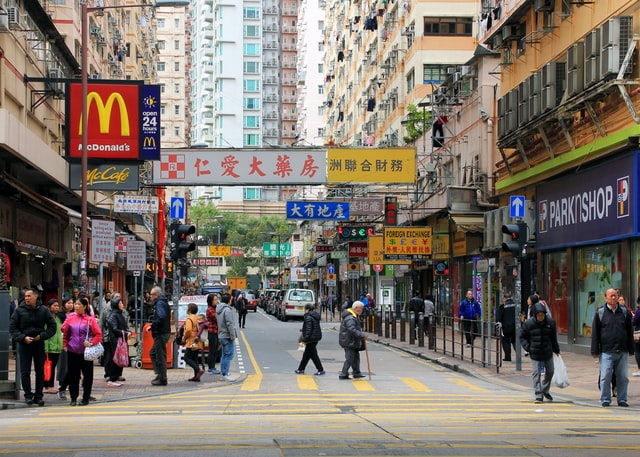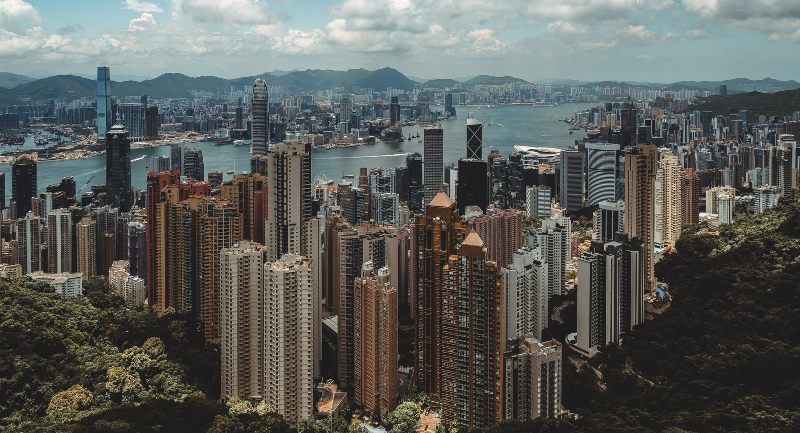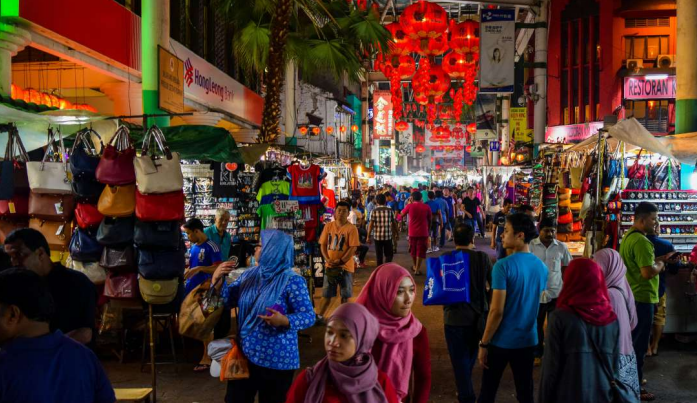Hong Kong’s travel and tourism industry has taken a major hit due to COVID-19. With the country’s borders closed to unofficial visitors since March 2020, the total number of arrivals dropped by 88.2% in the past year—a concerning contraction as, according to data from the Hong Kong government, tourism contributes to 4.5% of the country’s total GDP.
To address the downturn within the industry, the Hong Kong Tourism Board (HKTB) and several local business players have formulated a long-term strategy to help encourage the patronage of domestic tourists and the influx of international visitors in the coming months. These programs—some of which were launched amidst the ongoing pandemic—aim to ensure the recovery of not just the tourism industry, but Hong Kong’s overall economy. 
Encouraging Local Tourism
With international tourism still off-limits, the HKTB launched the “Holiday @ Home” platform in June 2020 to encourage the locals to rediscover their city by acting as tourists to boost the local economy. The digital-based platform housed over 15,000 deals and promotions from the city’s best dining and retail establishments and drew over 3.7 million visits from excited locals.
The success of the platform led to the launch of Phase Two in October through exclusive tours for locals who spend 800 HKD on physical dining and retail outlets. The tours were a big hit, with 7,500 participants to date and over 100 more tours to be conducted once current lockdown measures ease.
Slowly Opening Borders
When it comes to overseas tourism, one of the first priorities for the government is to reopen the Hong Kong-Macau border. According to the South China Morning Post, both governments are finalizing arrangements to test quarantine-free travel in a bid to bolster tourist numbers for both areas. Currently, a strict two-week quarantine period is being implemented for visitors from Macau to Hong Kong, and vice versa.
Another important priority is the reopening of the MICE (Meetings, Incentives, Conventions, and Exhibitions) industry, which makes up a good portion of the country’s tourism revenue—HospitalityNet reports that MICE visitors spend at least 20% more per capita than regular tourists, making them a prized asset in a robust tourism industry. To address this, the HKTB has launched the Hong Kong Convention Ambassador Program, partnering with more than 100 business and industry leaders to promote Hong Kong as the best and safest destination for future events.
Ensuring Safety Through Digital Technology
The most important requirement to reopen Hong Kong travel and tourism is a foolproof measure to ensure that all visitors are vaccinated for the safety of both locals and visitors. But finding a uniform method to authenticate vaccination is looking to be a difficult process due to international privacy and security laws, as well as the differences in each country’s vaccine protocols.
To address security issues, the government is looking into solutions powered by blockchain technology. One such measure is the CommonPass, a digital vaccine passport that allows users to generate a secure certificate that serves as proof of vaccination. This measure is expected to first be deployed for the proposed Hong Kong-Singapore travel bubble. Another initiative is the Chinese University of Hong Kong (CUHK)’s Medoxie COVID-19 Digital Health Passport, which can store COVID-19 test results, vaccination cards, and temperature checks that can be accessed with a unique QR code to ensure user security.
Moving forward from COVID-19 is the primary goal for Hong Kong’s tourism industry this 2021. With new measures being taken to help curb the spread of COVID-19, potential investors now have a unique opportunity to help reignite the sector both domestically and overseas.
To discover more about the current landscape of business in Asia, subscribe to our newsletter here.







